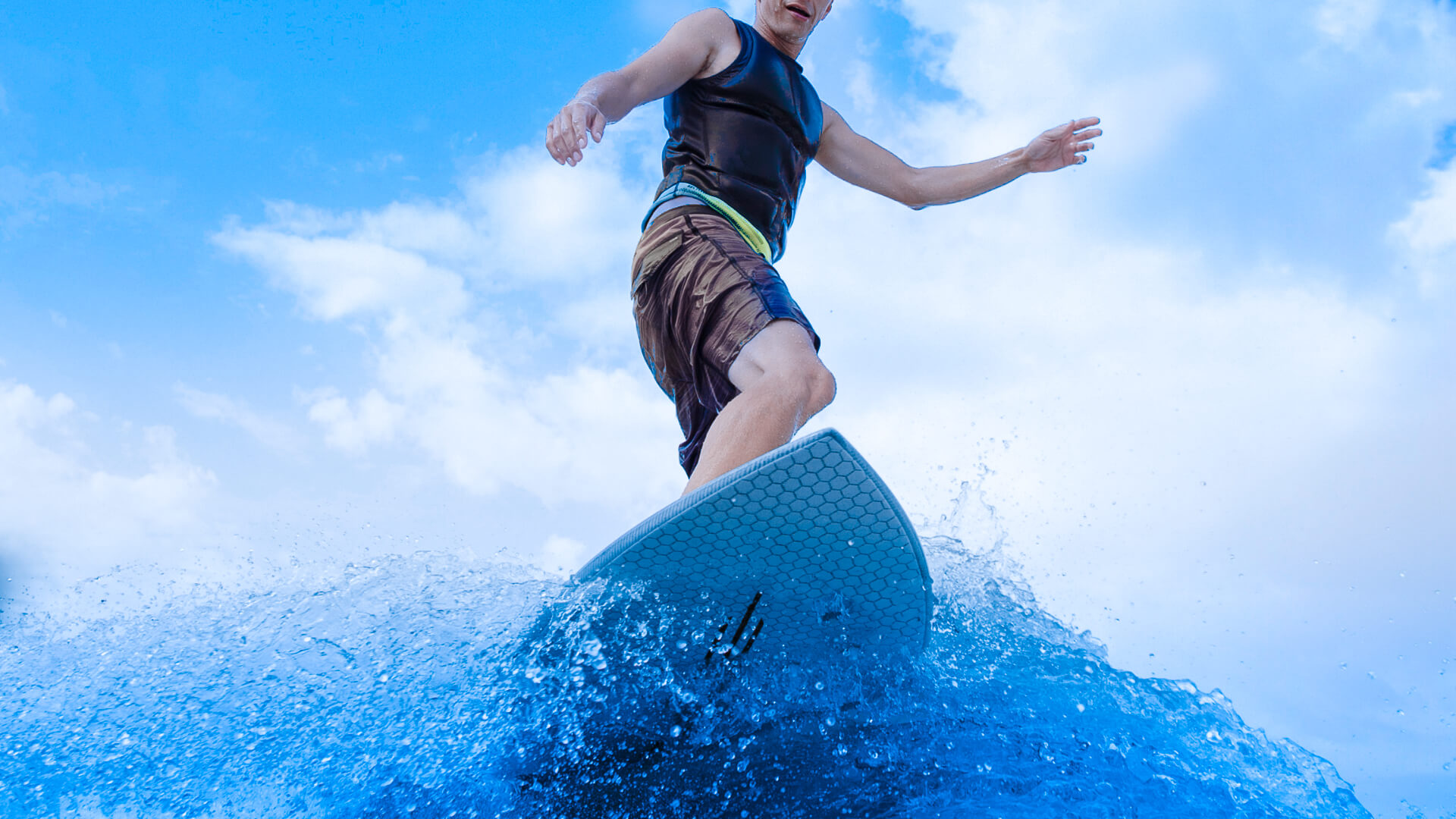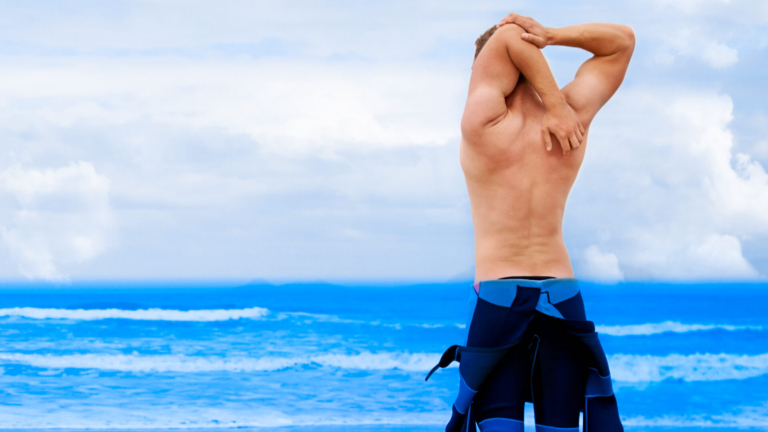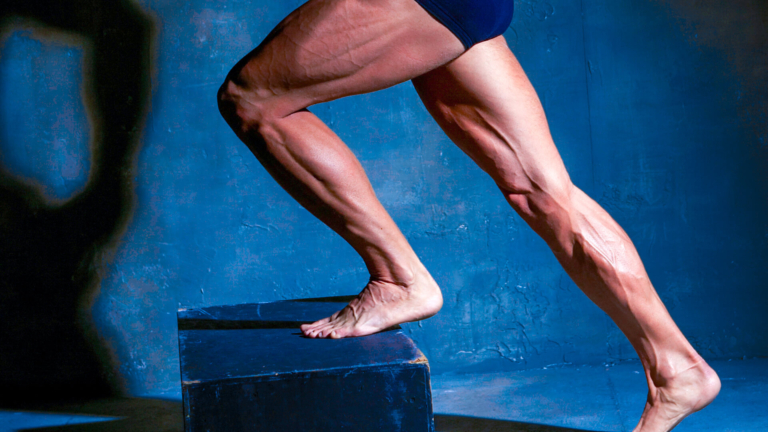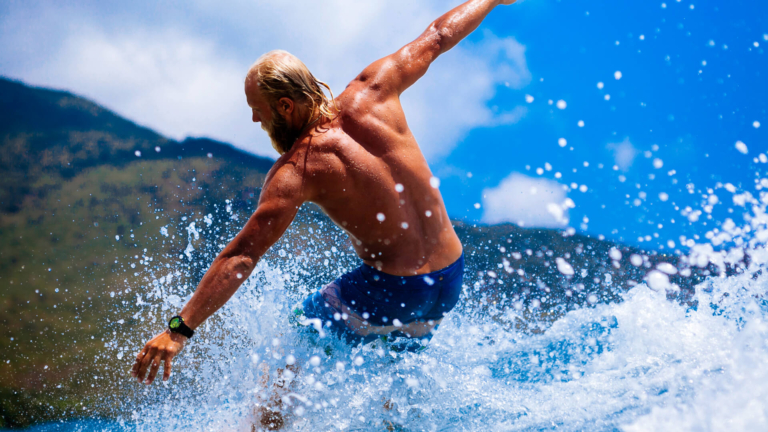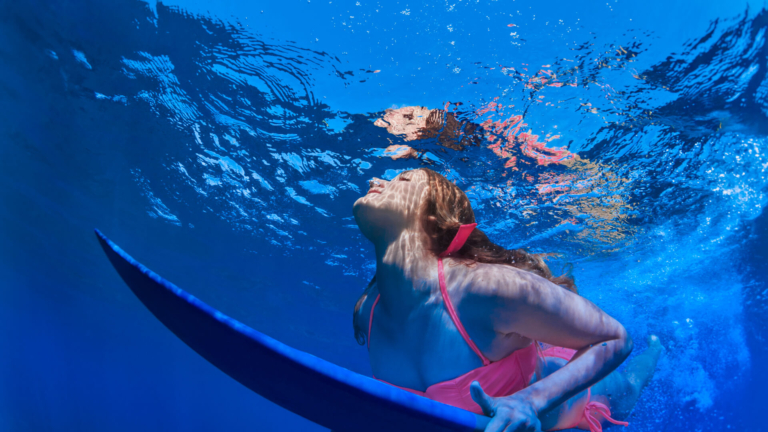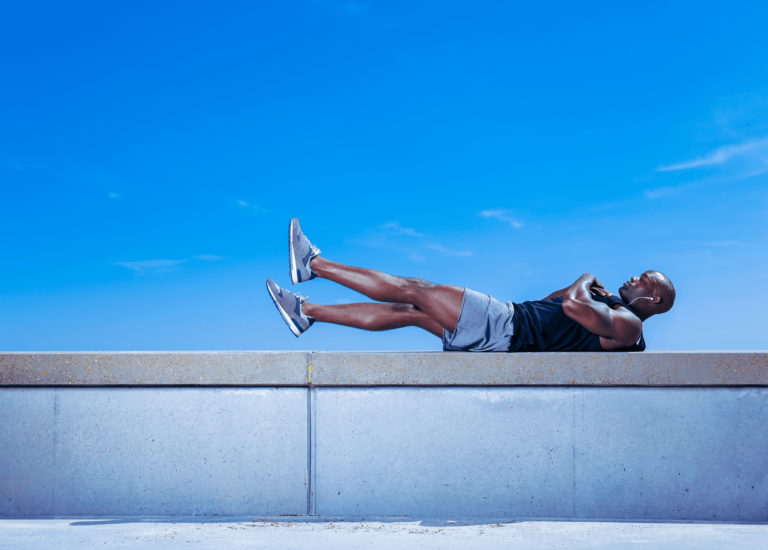Pro vs. Joe Surf Fitness Program
You are Not a Pro.
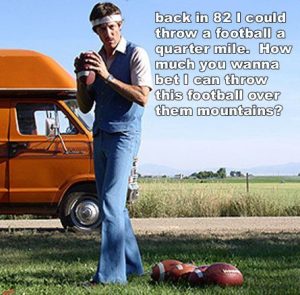
Surf fitness program:, Most of us aren’t top level athletes. (some tend to think we are though… still living the dreams!)
Don’t train like a pro, but train similarly. Smart regression. Here’s how. Two variations of surf fitness programs.
Athletic Capacity. That’s the goal. To increase your bodies capacity for speed, power, strength, coordination, flexibility, and endurance, that’s what the aim is with quality training.
Whether I’m working with a 26yr old competitive surfer, or a 48yr old desk jockey weekend warrior, the goal is to improve athletic capacity.
But the striking reality is that most people heavily over estimate their current athletic capacity or ability for training. Too many people jump into the deep end, they don’t have any arm floaties, and they just flounder and flop around (thats a metaphor for training).
The goals and intentions of training are similarly focused between a 26 yr old shredder, who has also been strength training consistently for 6 years, and a 48yr old weekend warrior who’s got a bit of a gut and used to play some footie years ago (he thinks he’s still a beast though).
They’re both going for an improvement in athletic capacity, but the routes (exercise selection) they’ll take is quite a bit different.
Too many people jump into high level training, because that’s what they saw in the magazine or a youtube video. People diving in head first into training that their body isn’t capable of performing = injury.
I need to point out that this is Strength and Conditioning. Not just doing a bit of this, a bit of that, and fumbling through a training session. This is goal oriented, with specific exercise utilization for specific outcomes.
So when people chime in with “ but I want to do more yoga”, “there should be some swimming”, “I don’t like to lift weights”, “surfers shouldn’t weight train”, or something along those lines, I hear you (but will strongly disagree with a few of those).

However, this is specific Strength and Conditioning work. You can add yoga, swimming, slackline, eye coordination training, gymnast ring work, whatever floats your little boat, but this is gym time, efficient and progressive gym time.
This is also ONLY 1 program. The variations are infinite. I’m posting this to give people insight into quality training, not to start heated conversations about unnecessary subtleties of training theory.

Strength Power Flexibility Speed Coordination Endurance- that’s what we want to improve.
Lunge Bend Squat Twist Push Pull– those are the movements that are relevant to the sport.
PRO / STUD WORKOUT
- Myofasical release and joint specific stretches (based on assessment)
- Dynamic Warmup (ankle, hip, thoracic spine, shoulder)
- A1 180 Rotational Jumps (minimal ground contact between jumps) x8 reps
- A2 1 Arm Speed Cable Pull (dynamic lunge position) x8/arm
- B1 Speed Deadlift / Clean x8-10
- B2 Foot Elevated Ring Pushup (weighted) x As many clean reps as possible
- C1 Med Ball Rotational Throws (squat position or lunge position) x6 /side
- C2 Ring Chin x As many clean reps as possible
- C3 Crawling Pattern -60seconds all directions *focus on quality breathing mechanics during rest period
- D1 Single Leg Deadlift on Bosu x60sec /leg
- D2 Horse Stance on Stability Ball x60sec
- E1 Shoulder Dislocations x 10 reps
- E2 Cable Shoulder External Rotations – arm in scapular plan, 90 deg shoulder flexion x 12/arm
- Cool-down: Myofascial release work and joint specific stretches if necessary
*A1,A2 denotes a circuit, B1,B2 would be another circuit of exercises, and so on. The number of sets are up to you.
DESK WARRIOR HIGH SCHOOL HERO
- Myofasical release and joint specific stretches (based on assessment)
- Dynamic Warmup (ankle, hip, thoracic spine, shoulder)
- A1 Goblet Squat (if this is perfect, and basic strength foundations have been laid, can progress to squat jumps) x 10reps
- A2 Barbell Bent Row (improving pulling capacity and back extensor endurance / posture) x 15reps
- B1 Hip Hinge Pattern – Trap Bar Deadlift
- B2 Pushup- Hands on Stability Ball (unstable surface training for pushing is generally a good thing for some of the older or not as active crew, there’s less force production and more stability requirements
- C1 Cable Chop (or paloff press for a more regressed version) x 10reps /side
- C2 Ring Horizontal Rows (if adequate range of motion through shoulder girdle, then some type of vertical pull is applicable) x As many clean reps as possible
- C3 Crawling Pattern x 30sec all directions -focus on quality breathing during rest period
- D1 Cossack Squats (bodyweight – working on hip flexibility) x 6/side
- D2 Stability Ball Alternating Superman x 90sec (10sec holds per side for total of 90 seconds)
- E1 Prone Shoulder Horizontal Abduction T position x 10reps
- F1 Prone Shoulder Horizontal Abduction Y position x 10 reps
- Cool-down: Myofascial release work and joint specific stretches if necessary
They are basically the same programs with one being progressive and the other being regressive.
The major differences are speed of movement, and complexity of movement. That’s how any smart training progresses. Get to work… I basically just gave you a surf fitness program. I’m so thoughtful and giving.
Training is based on assessment. What myself and other good coaches, physical therapists, and body work practitioners do is base the training and movement on what the person / athlete needs.
What are they lacking? Where are they not moving properly? What movements are they weak in? What can I do to make this person / athlete more durable and have more capacity in movement?
The weekend warrior dudes, the focus is on basic movement fundamentals, improve posture and joint alignment, making sure you move well, building some strength, and getting you moving again.
You also generally need to focus more on flexibility, making sure joints are moving properly and pain free, and getting out of that “stuck at a desk posture”, so look towards specific stretching and myofasical tissue release. Another BIG one is cleaning up your nutrition.
The higher level guys, the focus is generally more on speed and power in movements that are relevant to the sport. Throw in some energy system demand, making sure the shoulders are still moving well, hips are mobile and strong, some high speed rotational training, and lower body strength / power.
There are SO MANY pathways and variations these training programs could take. They are ONLY an example.
Someone may want to focus on gymnastic-esqu training, perhaps more strength, more endurance based work, flexibility focus and yoga, or maybe there’s specific joint that needs some rehab.
That’s where the nuances of program design come into play, and understanding how to get a desired outcome.
The point is that we are trying to achieve improved athletic capacity. You want to be efficient with your time spent training, and making physiologic changes that will give you the greatest benefits.
Your aim is to move better, stronger, faster, and pain free, so that you can excel at your sport (surfing), and in life.
Train smart, find out where you need to start, work with someone qualified, and realize training is a life long effort and path….. no quick results. You just need to stay consistent, master the fundamentals, and then progress.
I hope this helps some of you out there in internet land. If you’ve got questions, give a shout on the fbook, or flick through an email.

